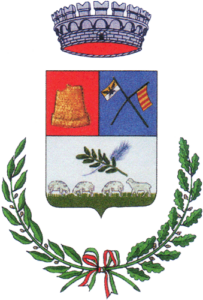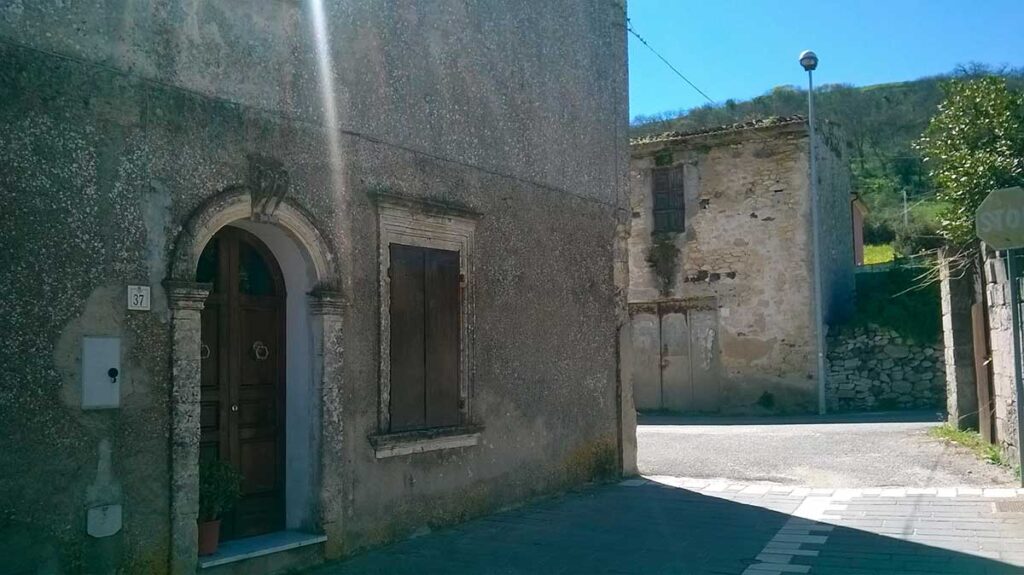
Torralba
The settlement of “Turalba” sprang up around the Santa Maria church in the Middle Ages, which was located in front of the current San. Pietro parish church. During the Catalan Aragonese and Spanish rule, it formed the fief of Valdecanzana together with the centres of Bonnanaro and Borutta.
The ‘villa’ took an active part in the anti-feudal uprisings by signing the well-known ‘Acts of concord and union’ of 1796, ratified by the mayor Carlo Pais, all the ‘consellers’ of Torralba and the priest Francesco Sanna Corda, a leading figure of the three-year Sardinian revolutionary period and an authentic hero in the years of royal repression against the Angioyans.
Other Torralba figures who took part in the late 18th century uprisings were Giovanni Antonio Sanna Corda (brother of the theologian) and his nephew, whose participation in the Angioy march was also important.
Today, this enchanting and graceful town of Meilogu offers a historical centre rich in ancient dwellings often adorned with elaborate limestone lintels and elegant buildings, such as the historical fountain with an adjoining washhouse.
The territory
Intensely populated since the Neolithic period, the territory is famous for its many archaeological sites from the Nuragic period. Some rocky landforms were exploited in the Middle Ages to extract building material for the nearby Sorres Abbey. Its rivers, springs and fertile valleys were immortalised by the Sassarese jurist Francisco de Vico in his famous work ‘Historia general de la Isla y Reyno de Sardeña’, published in Barcelona in 1639.
The Holy Spirit Church
This single nave, surrounded by sturdy buttresses, dates back to the 17th century.
A total of thirty-two troops quartered in the broad areas around the structure during the night of October 5 and 6, 1800. Co-ordinated by the brutal cavalier Grondona, the soldiers consisted of five columns of dragoons and militiamen, plus a large number of escapees and bandits, known as “salvacondottati,” from various towns on the island who had joined the regular troops under the false impression of amnesties and substantial booty.
From here, on one of the 'villas' where the anti-Baronial riots were most active, the local city of Thiesi was the target of a bloody attack.
Sanna Corda Street
The street commemorates the figure of Francesco Sanna Corda, a native of Torralba and parish priest of the village, who was always on the side of the peasants in their protests against feudal abuses.
A theologian and skilful orator, he was appointed ‘delegate of the feud of Torralba’ and, when he went to Cagliari, he pleaded the cause against feudal overpowering, gaining wide consensus. During Angioy’s rule in Sassari, he was always close to the Alter Nos, becoming chaplain to the revolutionary city militia and was among those who accompanied Angioy on his march to Cagliari.
Questioned by the ecclesiastical court, he secretly took refuge in Corsica in 1797, where he became chaplain to Napoleon Bonaparte’s mother. Resolute to organise an armed intervention, he reached Paris and again came into contact with Angioy, an exile on French soil. Around 1802, he made contact with other exiles to attempt an attack aimed at establishing a republic in Sardinia federated to France, which saw the abolition of the hated feudal caste.
But the betrayal of some comrades made the project impossible: in 1802, the priest was shot 75 times with a rifle by royal forces and died armed at the base of Longonsardo Tower.
Sebastiano Pola's birthplace
Sebastiano Pola (1882–1959), a youngster of lowly beginnings, was ordained into the church.
After becoming a priest, he relocated to Rome in order to further his education and get a sufficient scientific approach to historical study. He graduated from the university there in 1916.
His early research was centred on the Sardinian Revolution at the close of the eighteenth century, a topic he made significant contributions to with the publication of the well-known collection “I moti delle campagne di Sardegna dal 1793 al 1802” in 1923.
After abandoning fascism, he worked as a post-war Renaissance history instructor at the universities of Genoa and Cagliari.
Our Lady of Cabuabbas Church
Situated on the main Sardinian route network, which at that point traces part of the ancient Roman Caralibus Turrem route, the church stands on a rise. Although this structure’s origins are uncertain, it could be connected to a 12th-century Cassinese property. The arches carved onto the façade and the unusual, enigmatic humanoid figure situated there indicate that it was renovated in the thirteenth century.
Several stories state that a number of families lived at the church until the mid-17th century. They became tired of the thugs' constant harassment and moved to the next community, Torralba.
Bibliography
– R. Coroneo, Architettura romanica dalla metà del Mille al primo ‘300, Nuoro, 1993
– V. Del Piano, Giacobini moderati e reazionari in Sardegna. Saggio di un dizionario biografico 1793-1812, Cagliari, 1996
– G. Deriu, L’insediamento umano medievale nella curatoria di “Costa de Addes”, Sassari, 2000
– S. Pola, I moti delle campagne di Sardegna dal 1793 al 1802 (a cura di L. Carta), Nuoro, 2009
Credits
A. Nasone, G. Ruggiu, S.A.Tedde



